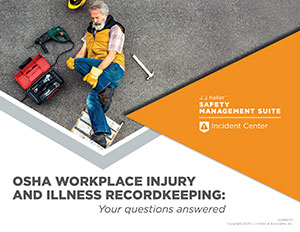
Recording workplace injuries and illnesses may seem simple enough, but the process often involves judgment calls that can put you at odds with OSHA regulations. This in-depth whitepaper from the safety experts at J. J. Keller contains answers to the most common questions about OSHA recordkeeping and reporting. Download for free and learn which requirements apply to your business, so you can ensure you’re always in 100% compliance.
Sponsored by J. J. Keller & Associates Inc.
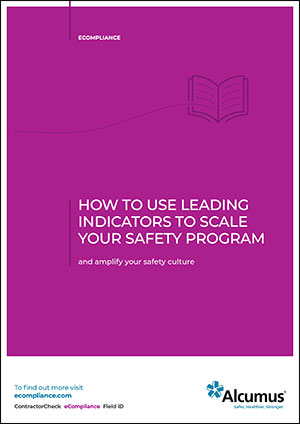
Are you utilizing leading indicators to track safety performance? Leading indicators are the key to taking a proactive approach to safety at your organization. Ensure your employees get home safely when you move from lagging indicators to leading indicators - remove the risk before it happens.
Sponsored by Alcumus
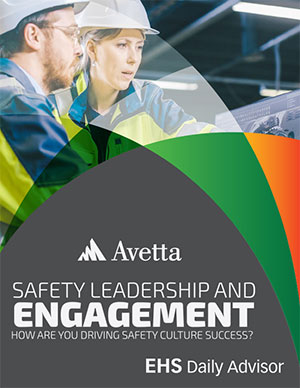
We surveyed over 550+ safety professionals, executives, and more to find out how exactly organizations are addressing safety in their leadership roles. It was noteworthy that over one-half of participants agreed or strongly agreed that their employees generally comply with safety rules and policies, but view workplace safety as “someone else’s job.” This speaks to a key component of safety culture—employee engagement.
Sponsored by Avetta®
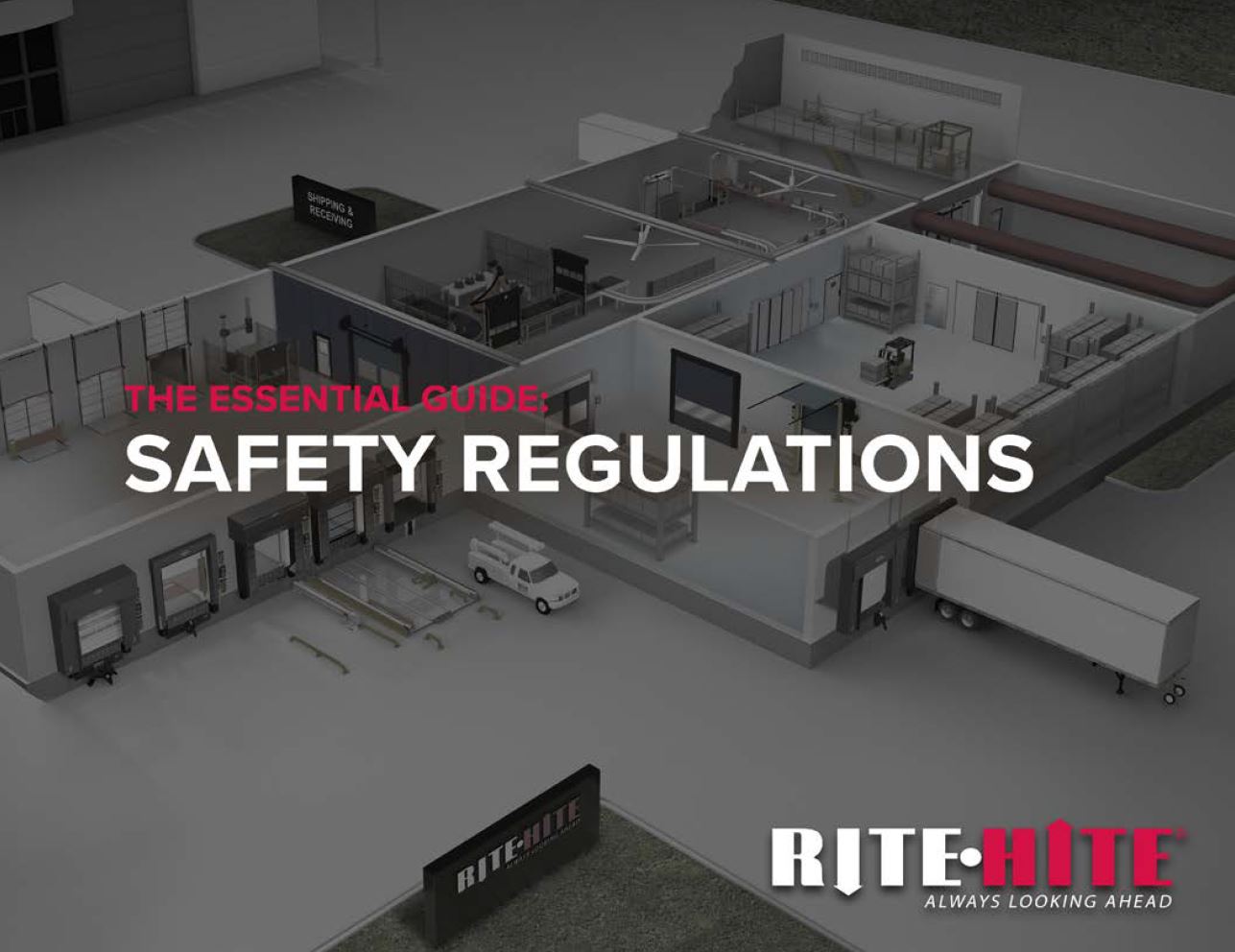
Now more than ever workers are concerned about safety. And there is no better time to make sure your processes and equipment are up to standards and focused on improving safety in your facility. Download our Guide to gain important knowledge about best practices and key safety regulations in your industry.
Sponsored by Rite-Hite
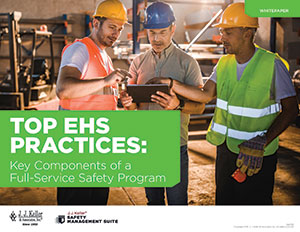
Simply meeting minimum workplace safety requirements is no longer enough. Learn how to go above and beyond for your employees with best practices for training, written safety plans, chemical management, and more in J. J. Keller’s free whitepaper – Top EHS Practices: Key Components of a Full-Service Safety Program.
Sponsored by J. J. Keller & Associates Inc.
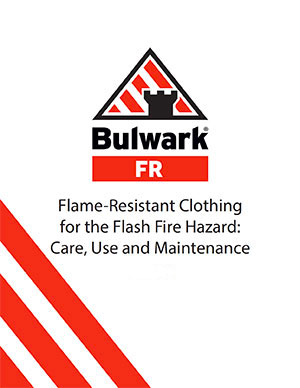
Even the most comprehensive safety program can only mitigate—not eliminate—risk associated with the flash fire hazard. A reliable and controllable means of protecting employees from harm is the proper use of PPE. In a flash fire context, flame resistant clothing provides further protection and offers a foundational defense. This paper guides safety managers and purchasers in the selection, use, care and maintenance of clothing for flash fire protection that’s compliant with the industry consensus standard NFPA® 2112.
Sponsored by Bulwark FR®
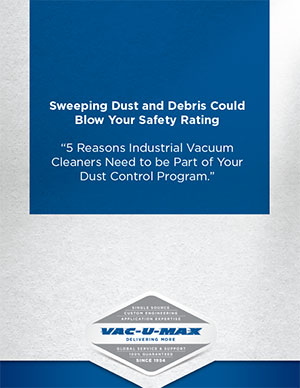
Sweeping or blowing fugitive dust during housekeeping is widely discouraged by OSHA and the NFPA for nearly all industries. Seemingly benign, dusts create an assortment of hazards that include flying particles that can lead to eye injury, slip hazards and ergonomic injuries. The most serious hazards surrounding the sweeping and blowing of dust threaten lives, such as respiratory and explosion hazards. The use of industrial vacuums to remove dust is almost always recommended as a preferred method of removing fugitive dust. Rather than redistributing dust, industrial vacuum cleaners remove dusts and therefore reduce or eliminate the previously mentioned hazards.
Sponsored by VAC-U-MAX
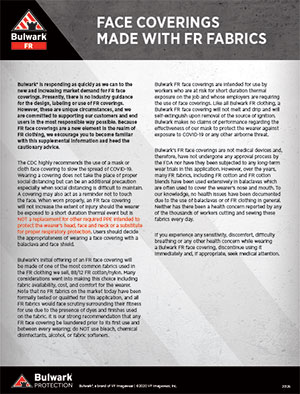
In the wake of the COVID-19 pandemic, we have introduced FR face coverings, to help keep you protected from the virus without compromising your FR safety. But many of you have been wondering if it is safe to breathe through FR-treated fabric for extended periods of time. We’ve released a new technical briefing to answer your concerns.
Sponsored by Bulwark FR®
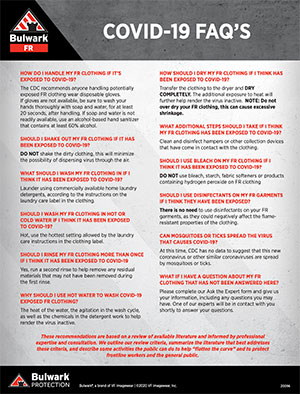
We are living in unprecedented times. Anxieties are high, and questions abound. That’s why our PPE experts have put together a new resource, containing answers to all of your safety-related COVID-19 questions, in a tidy downloadable PDF.
Sponsored by Bulwark FR®
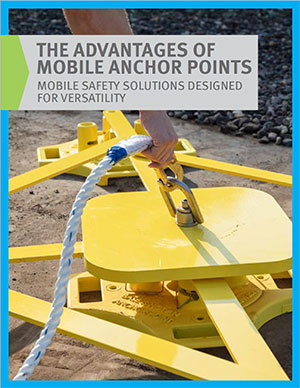
Fall safety remains a number one concern in both the general and construction industries. As building functionality and design evolves, it’s become more complex: with varying job types and work sites, traditional solutions like guardrails don’t always fit the bill. For various reasons, harnesses and lanyards can be the most economically or logistically suitable choice. An OSHA-certified anchor point is a critical component of any harness and lanyard system. Usually, they’re installed on the roof (or elsewhere on your building), ready to connect to a lifeline or lanyard, which then connects to a harness to prevent its wearer from falling. But a fixed anchor point doesn’t always allow for the versatility that brought you to choosing a harness system to begin with.
Sponsored by BlueWater by Tractel